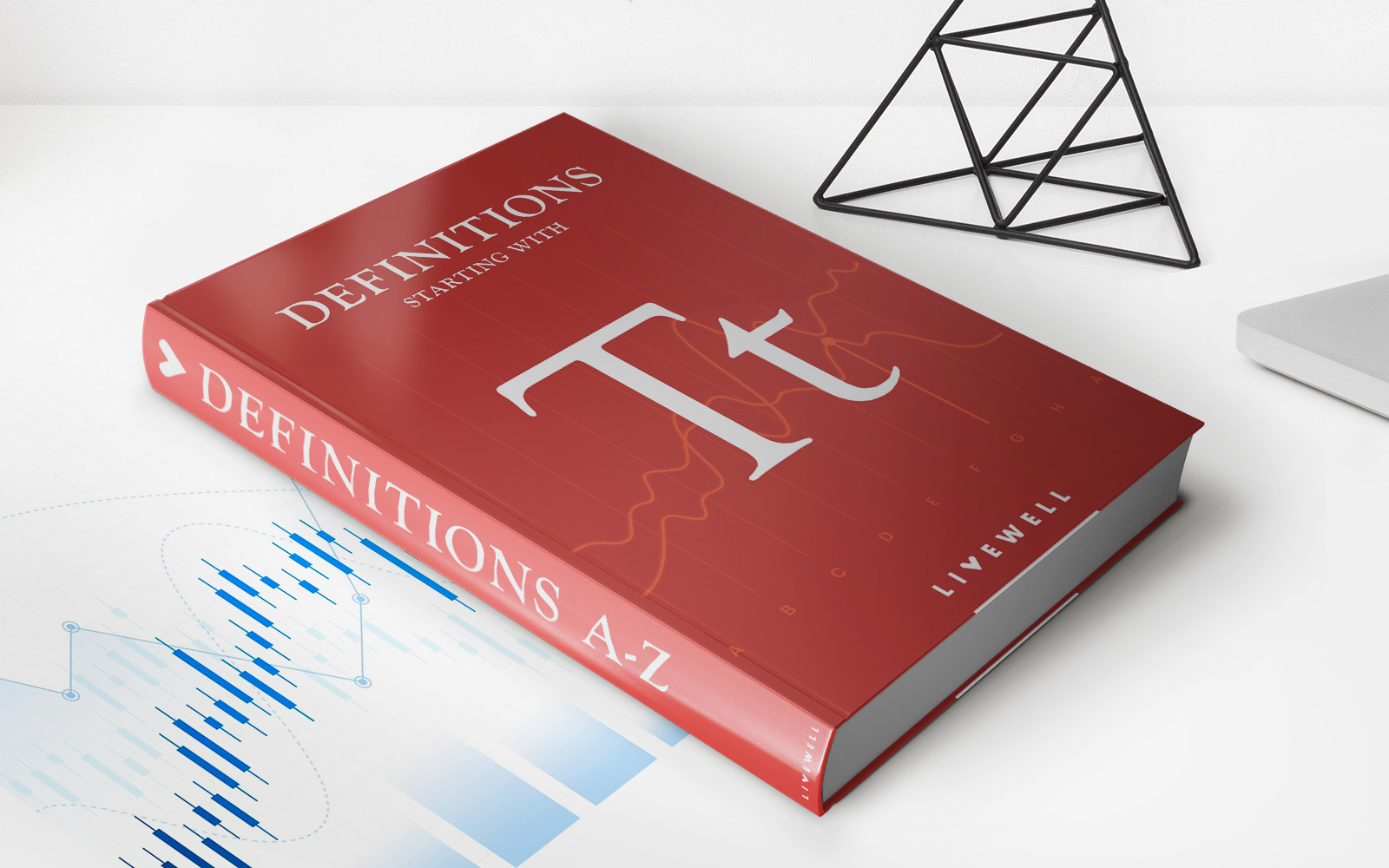

Finance
Dollarization Definition, Impact, Example
Published: November 13, 2023
Learn about dollarization definition and its impact on finance. Explore an example to understand the concept.
(Many of the links in this article redirect to a specific reviewed product. Your purchase of these products through affiliate links helps to generate commission for LiveWell, at no extra cost. Learn more)
Welcome to our “FINANCE” category: Dollarization Definition, Impact, Example
Are you familiar with the concept of dollarization in the world of finance? If not, you’ve come to the right place! In this blog post, we will explore the definition, impact, and provide an example of dollarization. Whether you are a finance enthusiast or simply curious about this topic, we’ve got you covered. So, let’s dive in and unravel the mysteries of dollarization!
Key Takeaways:
- Dollarization refers to the adoption of a foreign currency, usually the US dollar, as the official currency of a country.
- It can have both positive and negative impacts on an economy, depending on various factors such as stability, inflation, and monetary policy.
Understanding Dollarization
So, what exactly is dollarization? Dollarization is the process in which a country replaces its domestic currency with a foreign currency, most commonly the US dollar. This decision can be voluntarily made by a country’s government or it can occur spontaneously due to a lack of confidence in the domestic currency.
Now you might be wondering, what is the impact of dollarization? Let’s take a closer look at its effects on an economy:
The Impact of Dollarization
Dollarization can have both positive and negative consequences on an economy. Here are two key takeaways about its impact:
- Stability: Dollarization can bring stability to an economy, particularly in countries where the domestic currency is highly volatile or prone to hyperinflation. The adoption of a more stable foreign currency can help control inflation and provide a reliable medium of exchange.
- Loss of Monetary Policy: On the other hand, dollarization can limit a country’s ability to conduct independent monetary policy. When a country adopts a foreign currency, it essentially relinquishes control over its own monetary policy, as it no longer has the ability to print and control the supply of its currency.
Now that we have an understanding of the impact of dollarization, let’s examine an example to illustrate how it works in practice:
An Example of Dollarization
One real-world example of dollarization is Ecuador. In the year 2000, Ecuador faced a severe financial crisis, which led to hyperinflation and the collapse of its banking system. In an effort to stabilize the economy and restore confidence, the government decided to adopt the US dollar as its official currency. This move provided stability and helped stimulate economic growth in the country.
In conclusion, dollarization is a significant phenomenon in the world of finance. It involves the adoption of a foreign currency as the official currency of a country, which can have both positive and negative impacts on an economy. Understanding the effects of dollarization is crucial for policymakers and individuals interested in finance. Remember, while it can bring stability, it also comes with a relinquishment of monetary policy control. Stay informed and knowledgeable about the ever-evolving landscape of finance!














